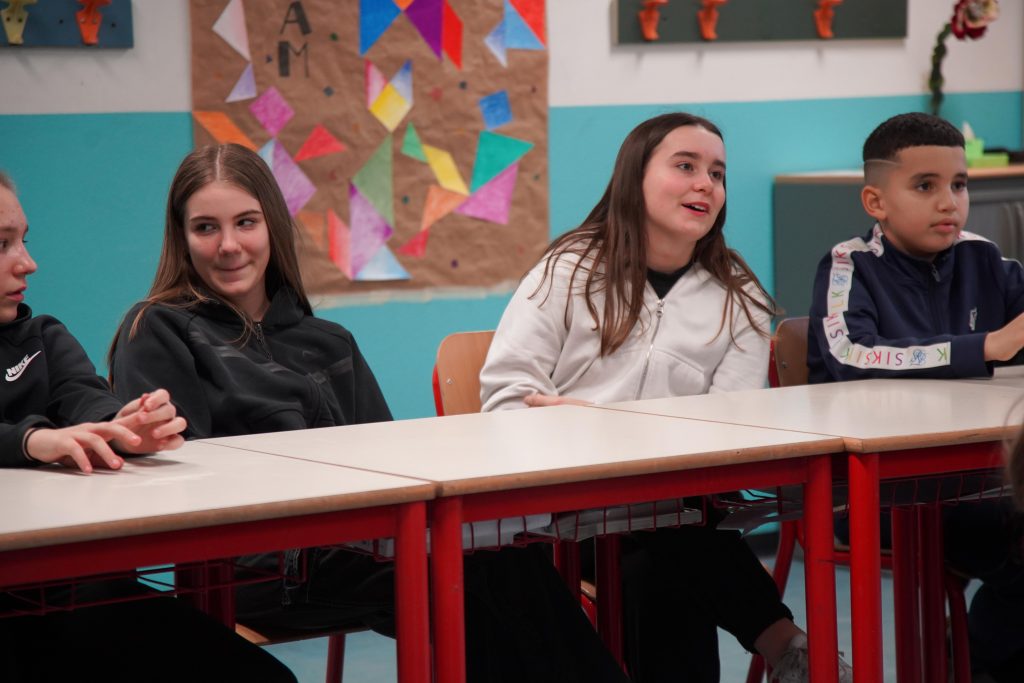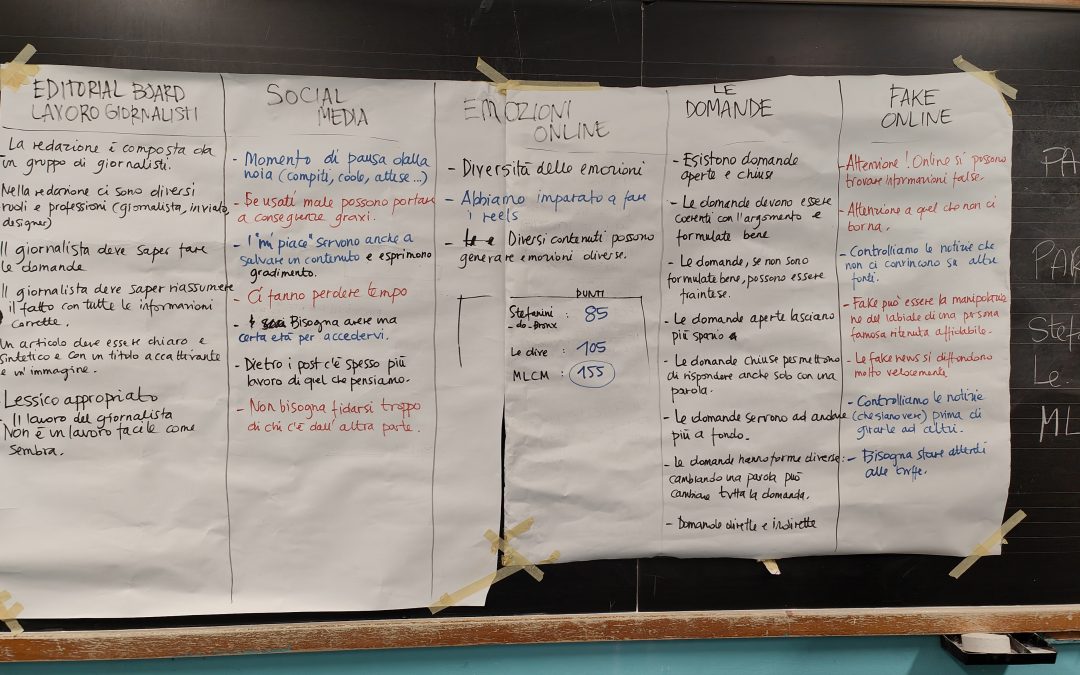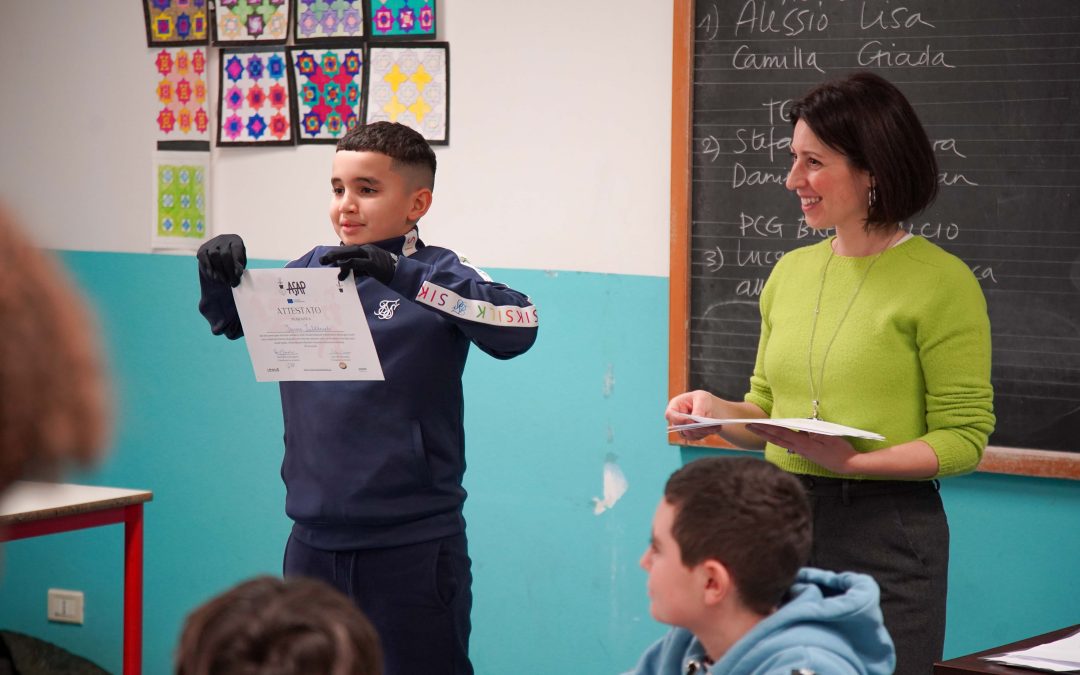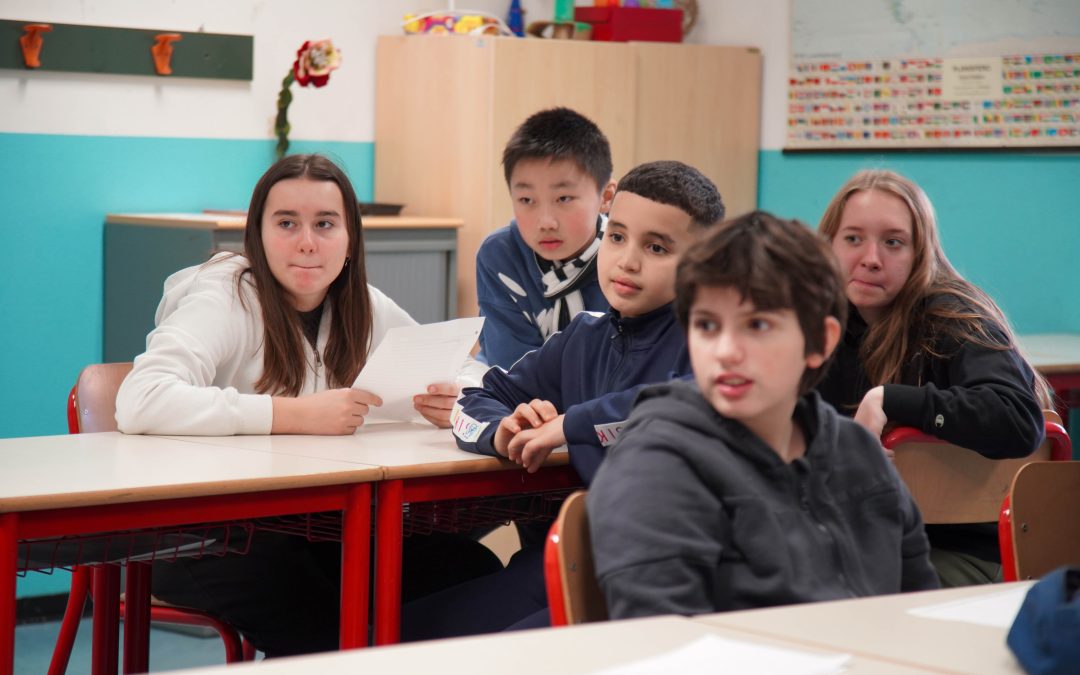The ASAP Educational Programme, developed within the Erasmus+ project A Systemic Approach to Social Media and Preadolescents through Thinking Skills Education, is designed to equip preadolescents with the competences they need to face the challenges of today’s digital society. Among its Learning Units, Communication plays a central role. It focuses on strengthening the ability to express oneself clearly and respectfully, while also listening with empathy to others.
In an age where much of children’s interaction happens online — in chats, on social media, or through digital platforms — communication skills are more important than ever. Misunderstandings, conflicts, or harmful behaviours often arise because young people lack the tools to manage dialogue effectively. The Communication Learning Unit provides these tools, showing preadolescents how empathy and assertiveness can work together to build healthier relationships.
Why Communication Matter?
Communication is not just about exchanging words. It shapes identity, builds trust, and creates connection. For preadolescents, learning how to communicate effectively helps them to navigate friendships, family relationships, and online communities.
Without proper guidance, children may fall into unhelpful patterns: passive communication (avoiding expression), aggressive communication (using hostility), or manipulative strategies. These approaches can harm relationships and damage self-esteem. Assertive communication, by contrast, allows individuals to express their needs and feelings openly while respecting others. Combined with empathy — the ability to listen and understand — it becomes a powerful tool for cooperation.
In digital contexts, communication skills become even more critical.
Tone, body language, and context are often missing online, making misinterpretations more likely. Teaching children how to express themselves clearly and respectfully helps to reduce conflicts and build safer online environments.
What the Learning Unit Contains
The Communication Learning Unit uses interactive exercises and reflection to build key skills step by step.
- Active listening: Students learn that listening is more than being silent — it means paying attention, asking clarifying questions, and showing understanding. Role-play activities allow them to practise this skill.
- Empathy exercises: Through perspective-taking tasks, children put themselves in someone else’s shoes. They explore how different people may interpret the same situation and how communication can change depending on perspective.
- Assertive “I-messages”: Students practise expressing their feelings and needs using “I” statements rather than blaming others. For example, “I feel upset when my messages are ignored” instead of “You never answer me.”
- Response styles: The unit introduces different communication styles — passive, aggressive, assertive — and lets children test their impact in role-plays. By experiencing these styles firsthand, they learn why assertiveness works best.
- Conflict resolution: Students work through scenarios of disagreement, applying empathy and assertiveness to find constructive solutions.
These activities are practical and engaging. They connect directly to situations children face in their daily lives, making the lessons relevant and memorable.

Key competences developed
The Communication unit contributes to multiple competences that support personal growth and social participation:
- Empathy: Understanding others’ feelings and perspectives.
- Assertiveness: Expressing one’s needs and feelings clearly while respecting others.
- Collaboration: Building trust and finding constructive solutions in group situations.
- Conflict management: Learning strategies to resolve disagreements peacefully.
- Digital communication: Applying these skills to online interactions, where miscommunication often occurs.
By developing these competences, the unit supports both individual well-being and the creation of healthier communities.
Why this Learning Unit is important
For preadolescents, communication is central to identity development. How they talk, listen, and respond shapes their relationships and their self-image. Miscommunication can lead to conflict, isolation, or bullying, while strong communication skills build confidence and resilience.
This Learning Unit is especially relevant for the digital age. Many online conflicts arise from misunderstandings or poorly expressed emotions. Teaching children to pause, reflect, and communicate assertively can prevent escalation. At the same time, empathy encourages them to see beyond their own perspective, which reduces hostility and fosters cooperation.
Expected Impact
By the end of the Communication Learning Unit, students will:
- Practise active listening and demonstrate empathy.
- Use assertive “I-messages” to express their needs clearly.
- Distinguish between passive, aggressive, and assertive styles of communication.
- Apply communication strategies to real-life and digital conflicts.
- Strengthen relationships with peers, teachers, and family through respectful dialogue.
The expected impact is not only personal but also collective. Classrooms and communities that embrace empathy and assertiveness create safer, more inclusive environments. These skills can ripple outward, improving digital spaces and fostering a culture of respectful exchange.
By combining empathy with assertiveness, children learn to speak up for themselves while respecting others.
In both offline and online contexts, these skills are crucial for reducing conflict, fostering inclusion, and promoting resilience.
Communication is not just about being heard — it is about connecting with others in meaningful and respectful ways.





